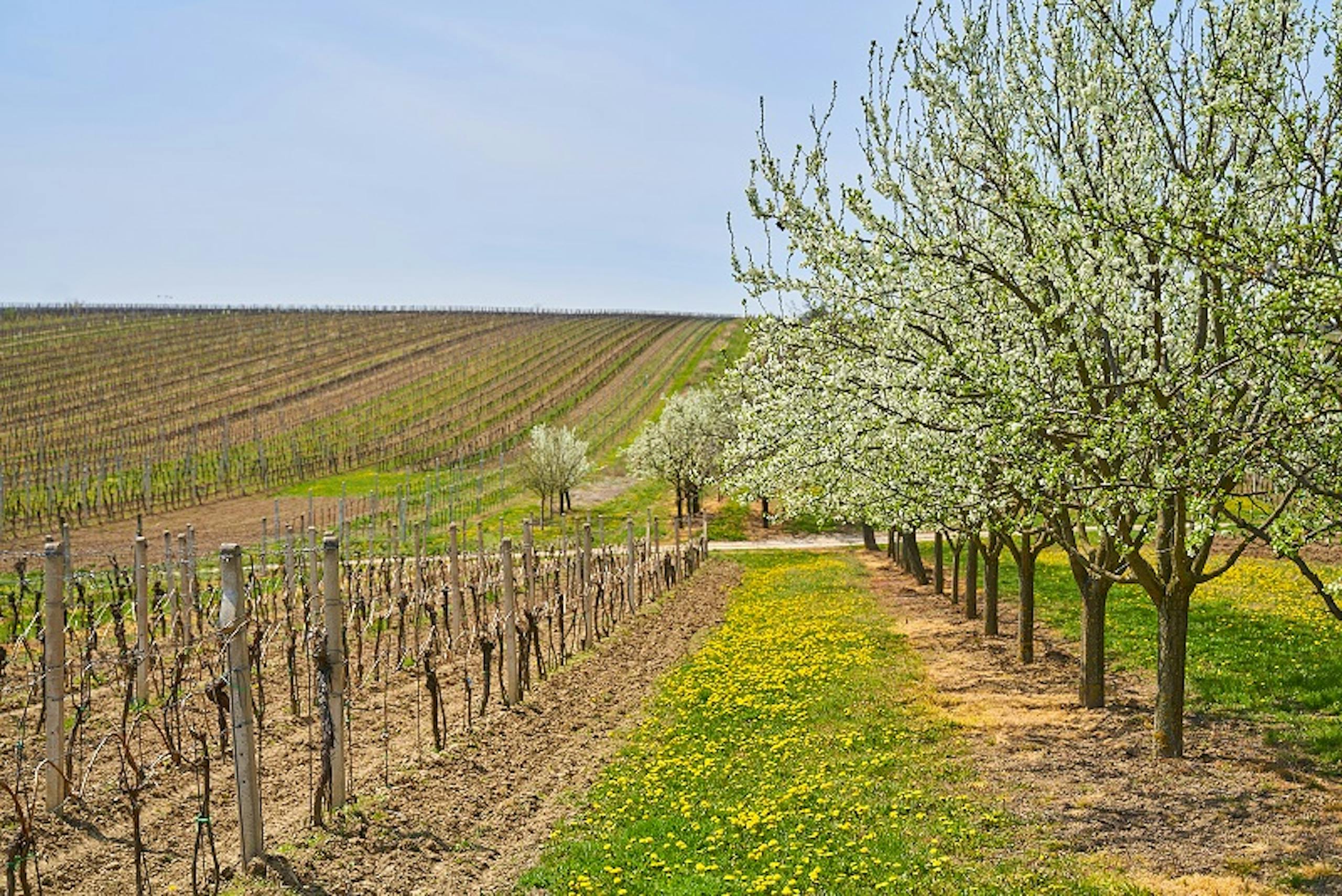Keeping, Cellaring and Wine’s Life Expectancy
The aim of this article is to sum up the basic information on why and in which manner we should store or lay wine down in a cellar for keeping, how best to select a wine for cellaring and when should one expect an optimum bottle age.
Why keep wine for further ageing?
Of course the question arises as to why buy a huge stock of wine of so many different sorts when the selection of wines on offer in the wine stores and supermarkets is so great? This is of course perfectly true, but there is a raft of reasons why you should, as wine lovers, take an interest in laying down wines:
- You have an operational stock of various types of wine for a variety of uses, which can be especially useful in the case of unexpected visits.
- Every quality wine has its unique character of a given vintage, grape variety, origin, as well as the “winemaker’s signature”. Should you come across a wine which you especially enjoy, it is highly recommended that you have a supply of more bottles of this particular wine and therefore have the chance to taste the wine in the various phases of its development.
- Although in this country investing in wine is not too widely practised, it is very satisfying to observe when the value of a well-purchased wine rises. Not always, however, does the well-known proverb saying that “old wines and young women are the best” prove to be valid. The current trend nowadays is to consume most wines relatively youthful, i.e. 1 to 3 years after harvest.
Which wines to choose for laying down?
To assess whether a wine will be suitable for further ageing and when it will reach its optimum state of maturity calls for an expert knowledge, experience and clear intuition. There do, however, exist several basic factors which influence the suitability of a wine for going to the archive:
- Grape variety, acidity and extract content. There are grape varieties which give to the wine a higher extract content. The higher the extract, the greater the forecast for further keeping the wine has. Among other things it is true that the higher the acidity content (as important a component as is extract), the worse will be conditions for the development of unwanted microflora. There are of course exceptions, but overall one can say that the best varieties for further ageing are the Pinots Blanc and Gris, Riesling and Welschriesling, Sauvignon Blanc, Chardonnay and some others; for red wines for instance the Pinot Noir, Cabernet Sauvignon, etc. On the other hand, varieties having a lower content of both acidity and extract, like for example Müller-Thurgau or Roter Veltliner, mature far more rapidly and are well suited to drinkling while still youthful and fresh.
- Alcohol content. This contributes to the whole “robustness” of the wine and among other things limits the likely development of unwanted bacteria. A wine which we wish to lay down for a longer period should have a minimum content of 12% alcohol by volume. The exceptions are naturally sweet wines, for example ice wine, which have an extremely high content of sugar but are lower in alcohol.
- The content of free sulphurous acid. This protects the wine against oxidation – a wine with a low sulphurous-acid content rapidly ages, in this case oxidation can completely ruin it.
When buying wine for laying down it is ideal first to purchase one or two bottles each of several different wines and after thoroughly assessing them to buy a greater quantity of the chosen ones. It is recomended, however, that you buy wine either directly from the winemaker or from some trusted wine shop which will guarantee you that with subsequent purchases you will get the same wine from the same production batch as you bought previously. A basic requirement for laying wines down is a quality cork closure.
How a wine develops?
Practically every wine develops from its youthful stage, through the phase of its optimum maturity up to being over-mature, when it is already over the hill. Young wine attracts us by its fresh acidity and fruity bouquet, but may also be “racy” or “lifted”, having a rather “sharp edge”. In the phase of optimum maturity the wine may express itself by showing all the extractive components of the wine blended together and on the nose and palate typical tones of maturation in bottle will be apparent. Should the wine have already reached its optimum maturity and be on the decline, it will give a “hollow” empty impression.
When does a wine reach its ideal maturity?
The phase of ideal maturity does not depend only on the wine itself, but also on the taste preferences of the consumers. Some like a fresh, fruity character of a wine, others prefer mature developed tones. Moravian and Bohemian wines have generally their ideal potential as follows:
- for day-to-day quality and kabinet-style wines 1 - 3 years after harvest
- for extractive late-harvest and selection-of-grapes types 3 - 6 (and more) years after harvest
- for special selection of berries, ice and straw wines a minimum of 3 years after harvest, though sometimes even longer. In general white wine matures faster in bottle than red.
How to keep and store wine?
A proper wine cellar with a constant temperature of 10 to 12 °C is ideal for keeping and cellaring wine. This is also the temperature that is ideal for serving the majority of white and rosé wines. It is necessary to bear in mind that keeping wine at a higher temperature will accelerate the wine’s maturation and therefore the ageing process will be faster. If you do not have a wine cellar at your disposal, it is possible to use another suitable space for keeping the wine for a short periods of time (no more than a few months), e.g. a cool larder or a cool room without a central heating system. A greater evil than having a slightly higher temperature for storing wine are the frequent changes of temperature.
It is necessary to pay attention to the fact that in the space for keeping and storing wine there are no strange smells which could penetrate through the cork and therefore get to the wine. It is also necessary to protect the wine against light. If you are unable to do so differently, it is possible to assure the storage of the bottles in closed original cardboard cases. Specially designed wine cooling cabinets (vinotheques) are another good solution for keeping wine. Some of these have several zones with different temperatures for keeping red wines as well as sparkling wines, so when you take a bottle out of this refrigerated unit, you will be able to serve your wine directly. When purchasing such a device, it is recommended investing into a rather more expensive unit which inhibits the shaking caused by the motor chilling the interior of the unit (and along with that its contents too). Bottles with cork closures should be laid down when stored in such a way so as to maintain the cork stopper in contact with the wine and thereby preventing it from drying out.
Bibliography:
- Hans-Georg Dörr, Professor Karl Röder, Frank John: Co nevíte o víně?, Czech edition, Ikar, 2000
- Professor Vilém Kraus, Jiří Kopeček: Setkání s vínem, Radix, 2002



